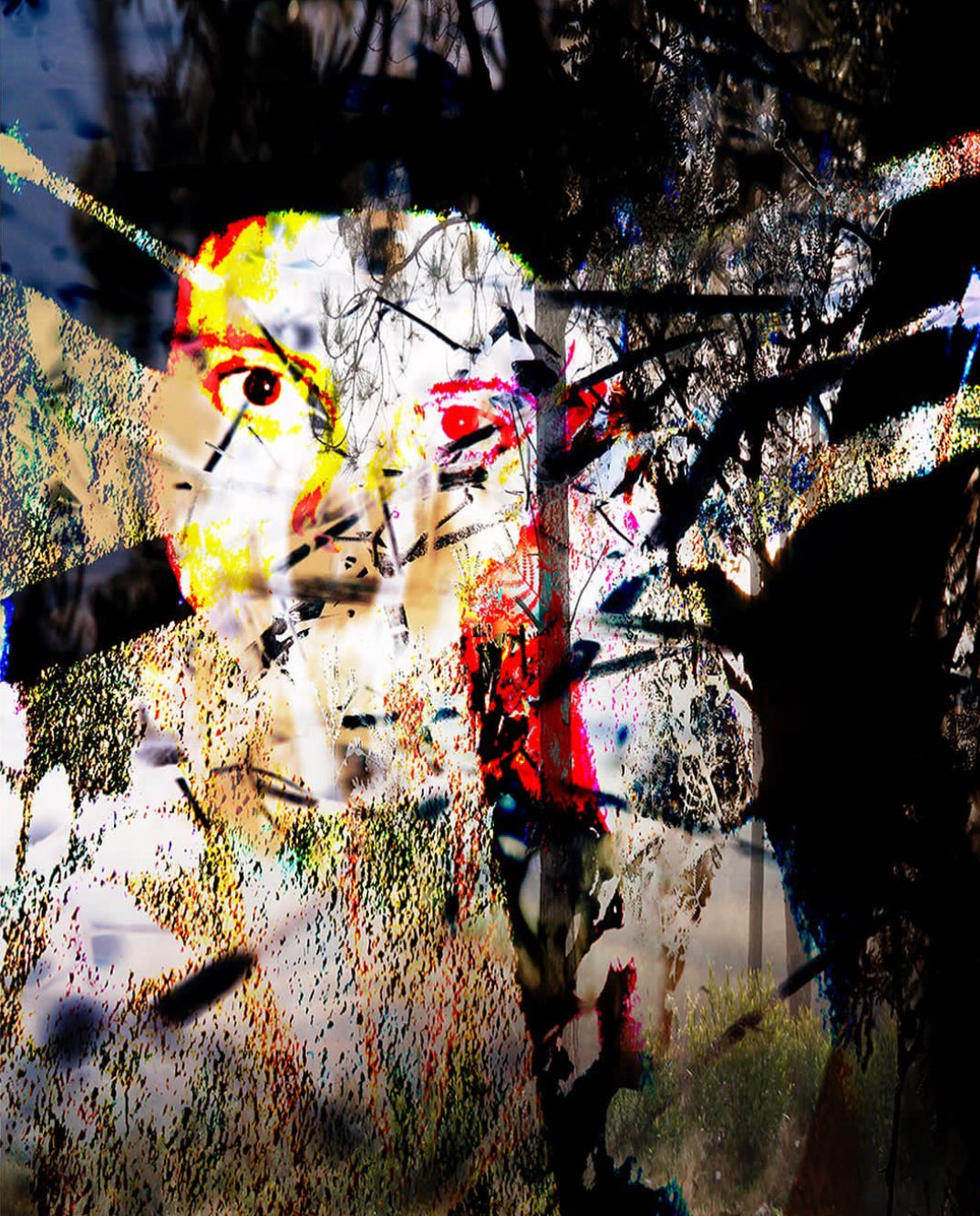In the art world, socioeconomic context and family support play a crucial role in the development and recognition of artists. For example, Frida Kahlo, born into an upper-middle-class family in Mexico, found support in her father, a photographer, who encouraged her interest in art. In contrast, Yayoi Kusama from Japan, coming from a lower-middle class family, faced opposition from her family to her artistic career, but persevered and became an iconic figure in contemporary art.
Meanwhile, America's Georgia O'Keeffe, raised in an upper-middle-class family in Wisconsin, received financial support from her family and encouragement from her husband, photographer Alfred Stieglitz. On the other hand, Doris Salcedo from Colombia, coming from a lower-middle class family, overcame economic challenges to become a prominent contemporary artist known for her sculptural installations that address themes of violence and memory.
While the region of the world can influence the opportunities and challenges artists face, talent and determination can open doors anywhere. However, in some regions, such as South Africa, where lower-middle-class Zanele Muholi has distinguished herself as a photographer and visual activist, socioeconomic inequalities and systemic barriers can make artistic recognition difficult.
In contrast, in places like the Netherlands, where Marlene Dumas, also lower-middle class, became one of the most influential contemporary artists, state support for the arts and a strong cultural infrastructure can ease the path to artistic success. In short, while conditions may vary by region, talent and dedication remain fundamental factors in an artist's career, regardless of their socioeconomic background.
The importance of opening art markets to all artists equally is fundamental to promoting diversity and inclusion in the art world. It is crucial that women's effective and active participation in art is not conditioned by their social class or personal connections. Instead of privileging cronyism or sympathy, artistic circuits must value the talent and artistic contribution of each individual.
Opening art markets to everyone equally not only promotes equity and justice, but also enriches society by allowing a wide range of voices and perspectives to be expressed and valued. Every artist, regardless of their socioeconomic background, has the potential to contribute significantly to the global art scene, providing new ideas, visions and reflections on the world around us.
By promoting equitable access to the art world, we are not only promoting social justice, but also enriching our communities and expanding our understanding of human and cultural diversity. By valuing art for its quality and its ability to enrich our lives, we contribute to building a more inclusive, creative and enriching world for all.
